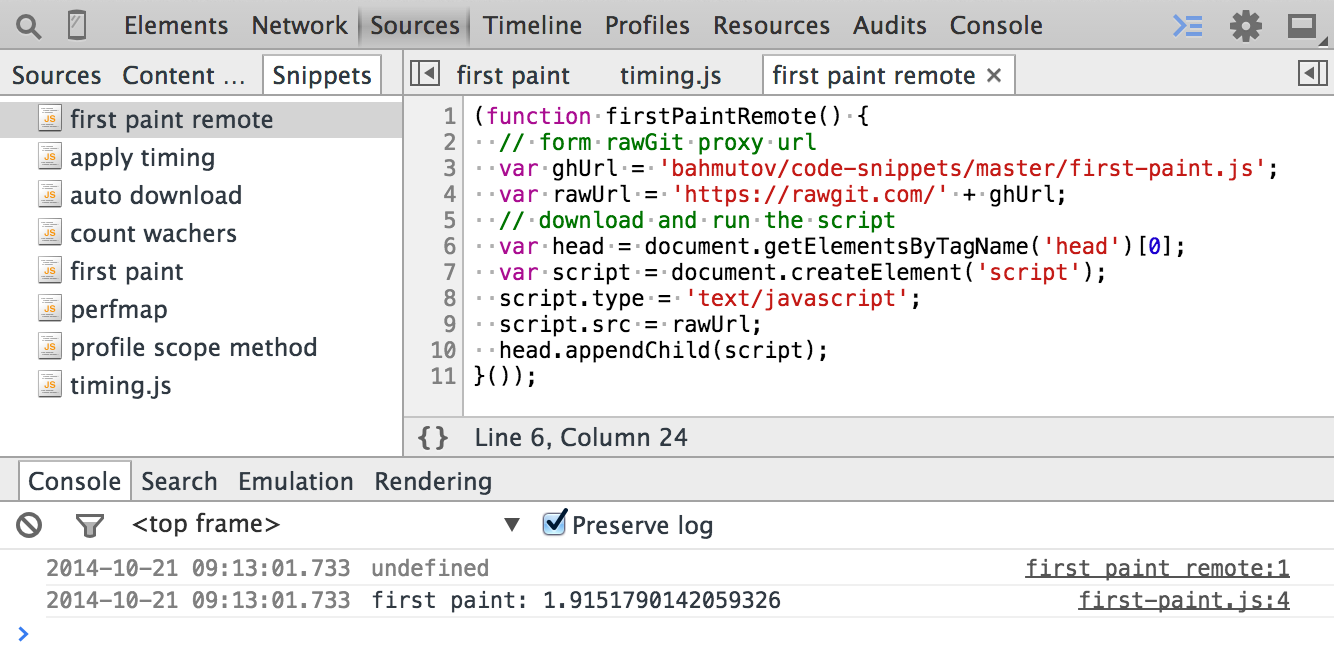

Schema comes from, which is a collaboration project between Google, Bing, Yandex, and Yahoo. The terms ‘schema’ and ‘structured data’ often get interchanged.
SNIPPETS AND HOW HOW TO
We’ll show you how to add structured data to your pages later…īut first, we need to mention schema. To show the star rating (4.8), the number of votes (1157), the cooking time (1 hr), and the calories (144) in the rich snippet: When Google crawls the web and finds a page that contains structured data, it’s able to use that data to create the rich snippets that you see in the search results.įor example, on the chocolate brownie recipe page, Google interpreted the structured data, that looks like this: 144 Google describes structured data as: “a standardized format for providing information about a page and classifying the page content.” If you want to highlight your website content in the SERPs with a rich snippet, then you need to use what’s called ‘structured data’. Which begs the question: How do you get rich snippets? So, while rich snippets won’t help you rank higher in the SERPs, they’ll increase your CTR and reduce your bounce rate. And because they’ve seen a snippet of the information contained in the article, users are less likely to be disappointed with the search result and stay longer on your site. These two factors increase the chances of a user clicking the rich snippet. Not only do they look better, but they also convey more information. I’m sure you’ll agree that search results with a rich snippet look more appealing than your typical listing, as you can see with the brownie recipes above. But everyone refers to them as ‘rich snippets’, so we’ll stick to that. Note: According to Google, we’re supposed to call them ‘rich results’.


 0 kommentar(er)
0 kommentar(er)
